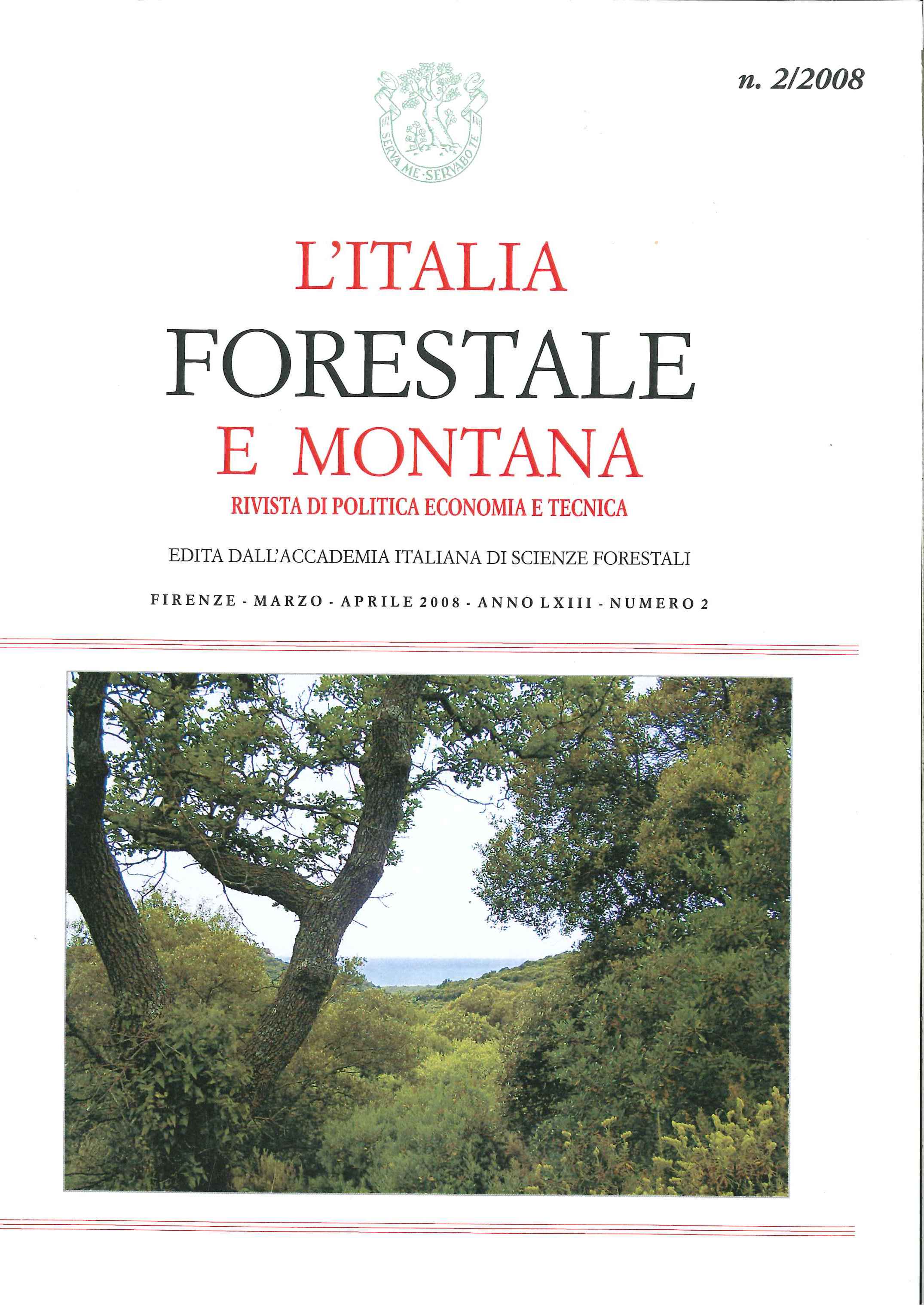Articles
Published 2008-04-23
Keywords
- green area typolgies,
- point-counts,
- urban biodiversity,
- urban birds,
- urban forests
Copyright (c) 2008 Italian Journal of Forest and Mountain Environments

This work is licensed under a Creative Commons Attribution-NonCommercial 4.0 International License.
Abstract
The importance of urban green areas for the conservation of biodiversity has emerged in recent years. However,this role is very variable in relation to the intrinsic structure of the area, as well as to the landscape context surrounding it. Using, as biodiversity indicators, structure and composition of bird communities, we have analysed three urban and periurban green areas of the city of Bari, Southern Italy. These areas have different characteristics: the ‘Giardini di Piazza Umberto’ is the only historical garden of the city centre; the ‘Parco 2 Giugno’, located near the city borders, has been recently established; ‘Lama Balice’, finally, is a naturally vegetated area (Mediterranean scrub, garrigue), located in a periurban context. Bird censuses were conducted with two complementary standardized methods (point-counts and McKinnon method), it was therefore possible to compare correctly the three areas. The overall situation among the three study areas is well defined: moving from the more periurban area towards the city centre the biodiversity drops dramatically, either at alpha, beta, and gamma levels. This strong reduction seems to depend, in addition to the local degree of fragmentation and connectivity of the green areas, also on other large-scale factors. Among these, the most important role seems to be played by the scarcity of forest bird species in the Bari province, and in the Apulian region at large.

